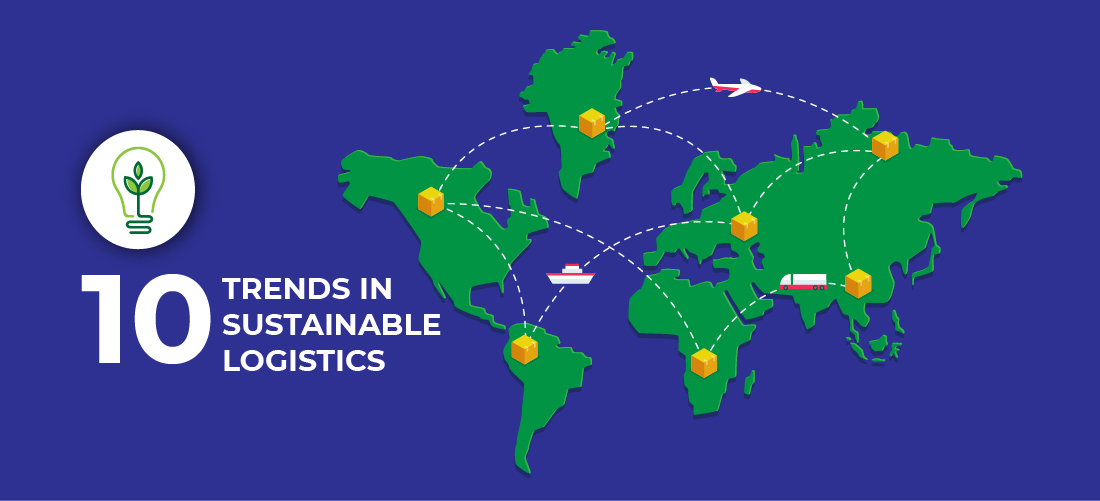The International Energy Agency warns that freight transport is responsible for 10% of global CO2 emissions. In recent years, in countries like Germany they have grown 5% and, conversely, in Sweden they have decreased 1.6%. Emissions continue to rise globally and need more international action.
In the Paris Agreement almost 200 countries pledged to achieve the decarbonization of freight transport until 2050. However, for now, we are far from attaining it and probably the figure will increase due to the rise of online commerce in physical stores, large sales platforms and international distributors. The solution? Innovation. The problem? The cost / benefit of “being green”.
Despite this, transport and logistics companies are becoming aware of the need to “be eco-friendly”. One of the reasons is the need to operate in urban areas where air pollution levels are high, so access to traditional cargo vehicles is prohibited.
The good news is that the alternatives to achieve it begin to be increasingly greater and more varied, in today’s post we explain 10 trends in sustainable logistics for this 2020:
- Inter-modality: combining two or more means of transport to move the merchandise can be more competitive and less polluting. For long distances, rail can be an alternative to trucking, as well as short sea shipping for coastal regions.
- Propulsion systems for alternative vehicles: such as liquefied natural gas (LNG), hybrid or electric vehicles for urban deliveries. Even the use of bikes for small deliveries is an innovative model.
- Specific apps: that offer data that helps optimize and establish more efficient freight transport routes, in addition to calculating the carbon footprint.
- Use of renewable energy systems: for the logistics centres in which day and night are operated to reduce electricity consumption, and therefore, the environmental impact. Certification on environmental management and performance provides international standards and recognition.
- Load consolidation: Strategies to improve the consolidation of loads, pooling small shippers’ cargo to gain efficiency in transportation.
- Shipping schedules and routes. Anticipate, when possible, shipping needs and allow flexibility in the selection of transport modes, routes and times that can bring more environmental benefits.
- Green logistics: a philosophy based on transforming logistics systems and processes through innovation to achieve a more environmentally friendly strategy.
- Sustainable packaging: there are many companies that are choosing ecological alternatives to pack their products. Not only does it save money, it could also help to retain the most eco-sensitive customers.
- Reverse channels: specialized segments of the distribution industry are emerging for promoting the recycling of wastes, packages and returned products from the supply chain. Specially, important for the return levels of the e-commerce purchases.
- Use of technology: it can make everything more optimal, allowing greater efficiency in the time of scheduling, loading, transporting and delivering. Less resources will be needed to carry out the same tasks.
A “green future” awaits us with many challenges for logistics, but also with an increase in benefits and competitive advantages.

